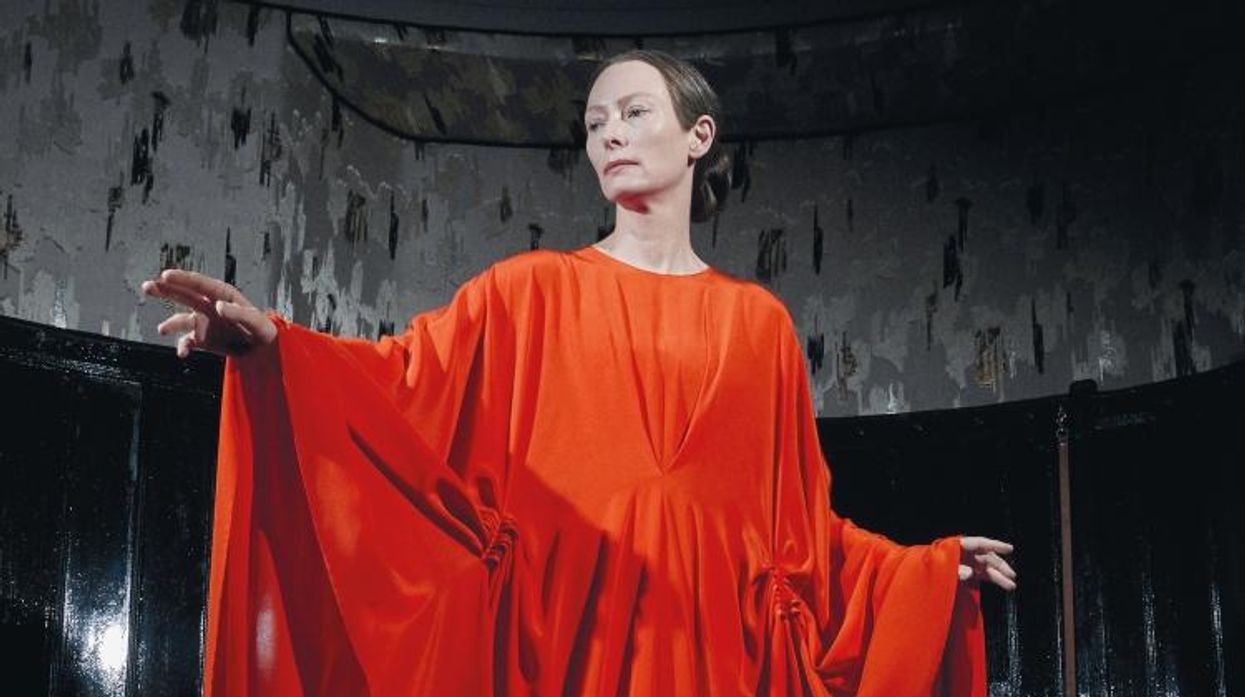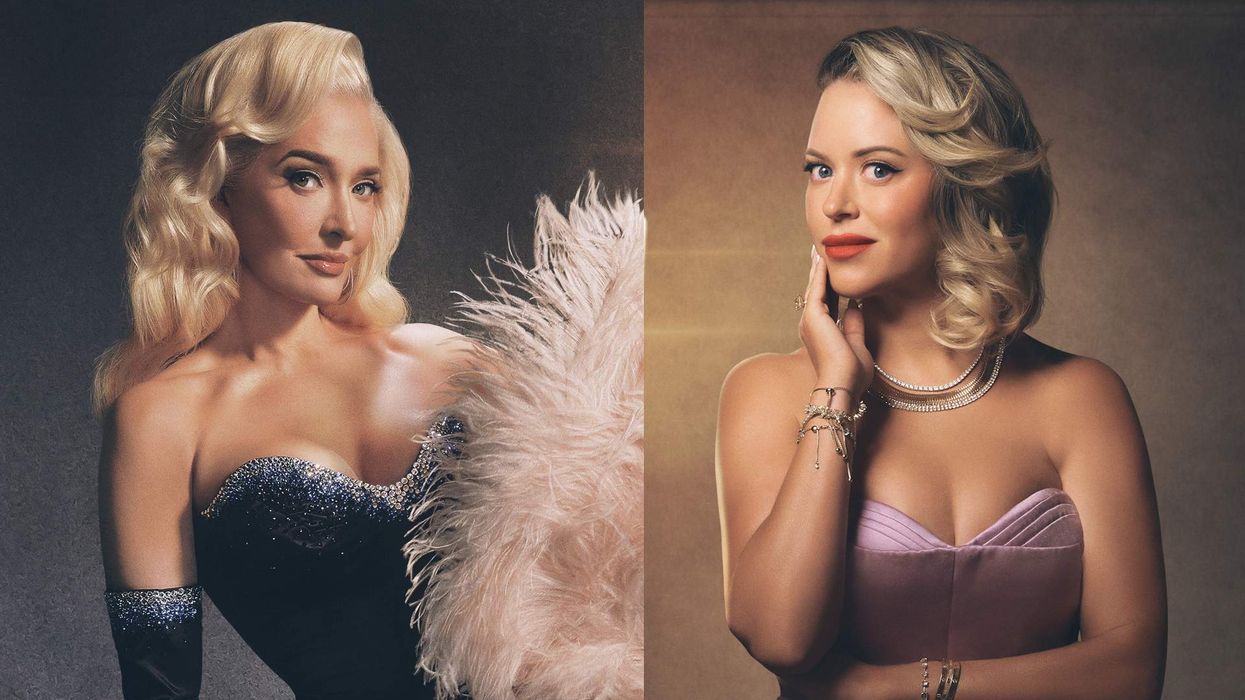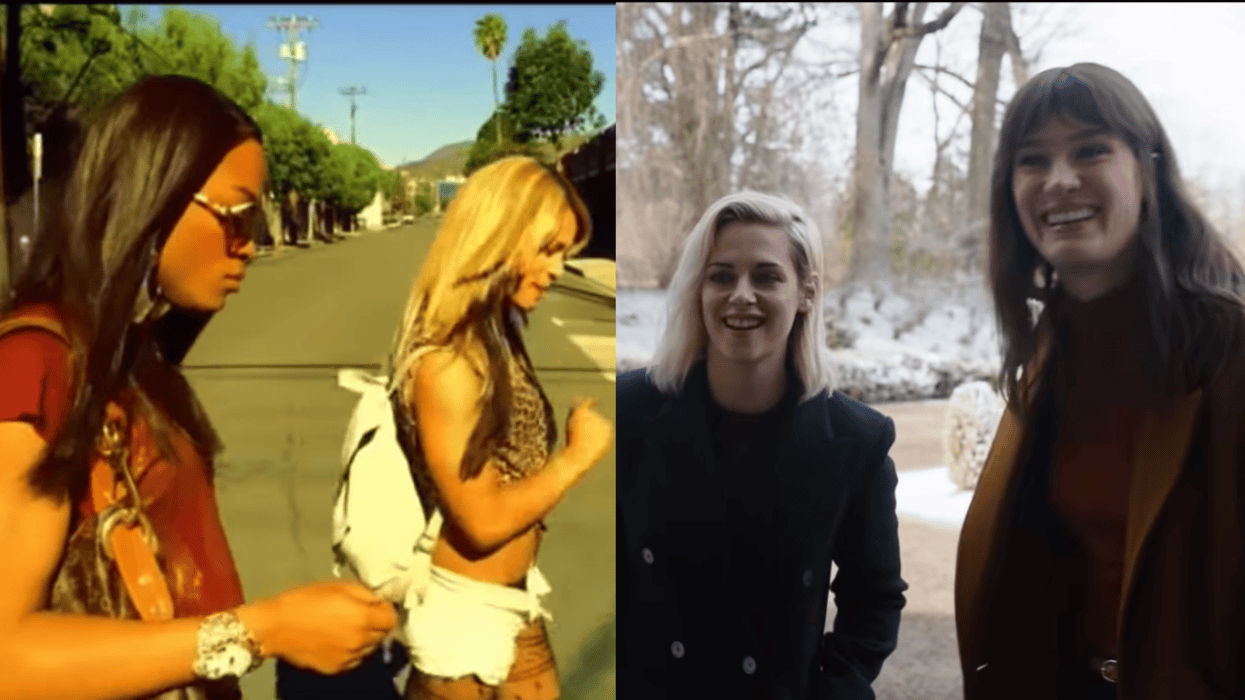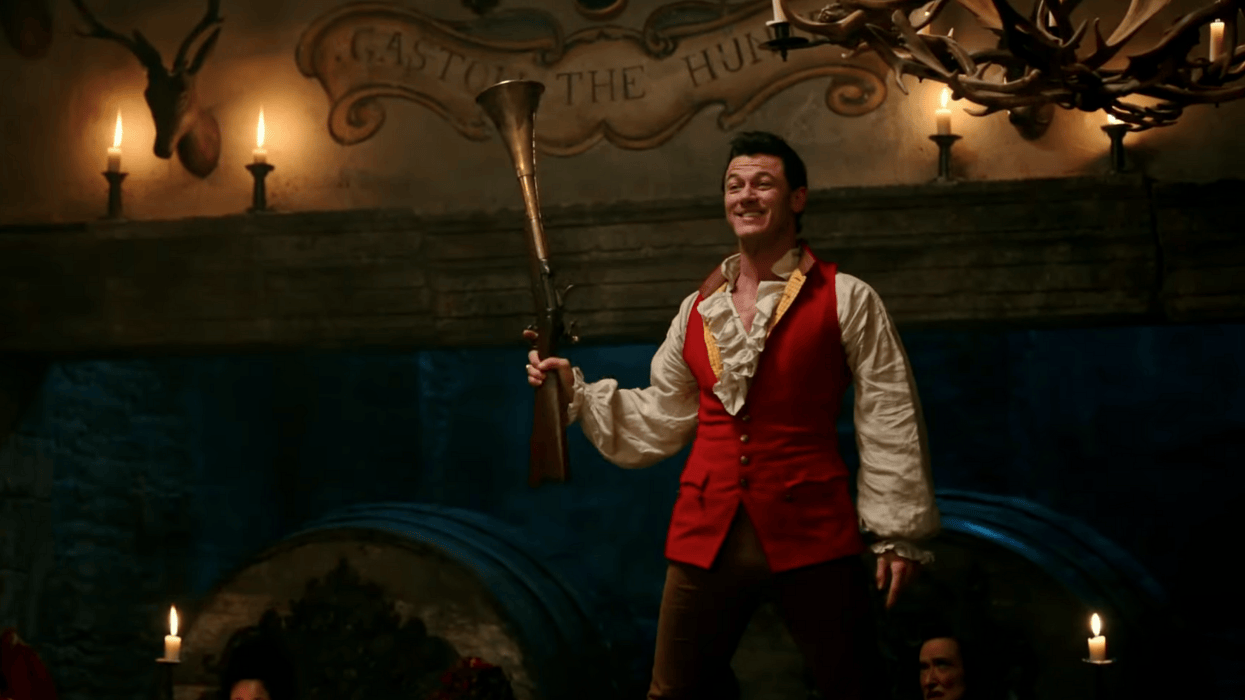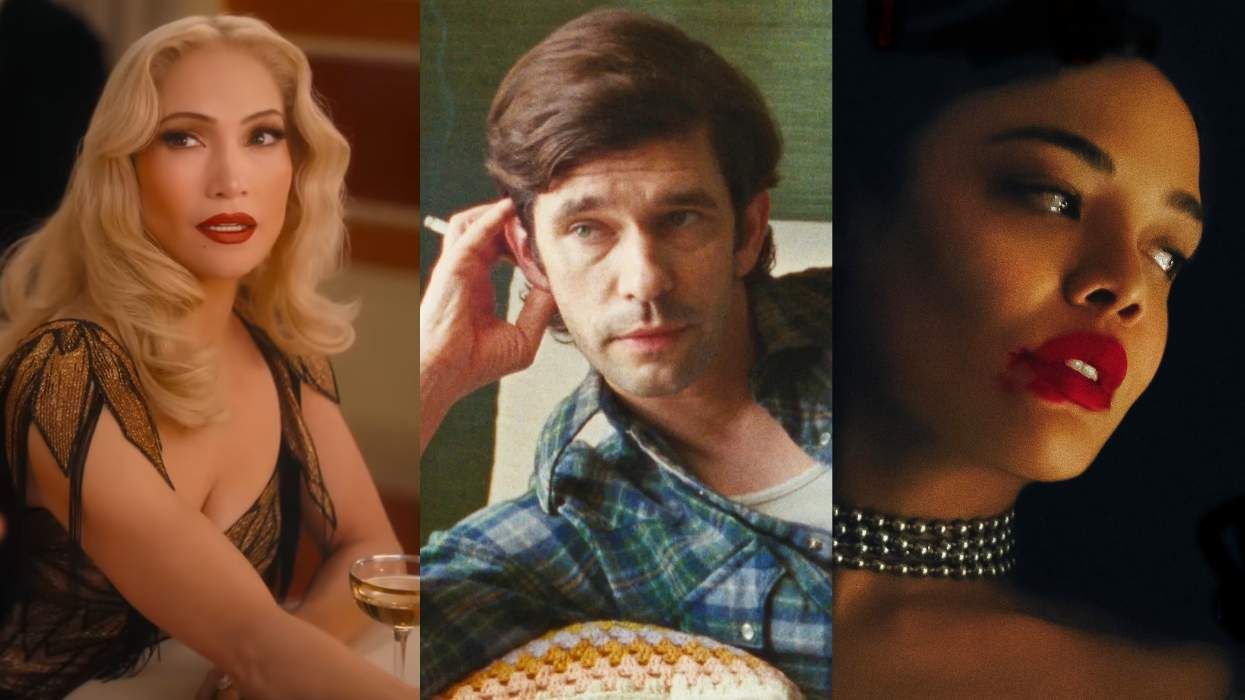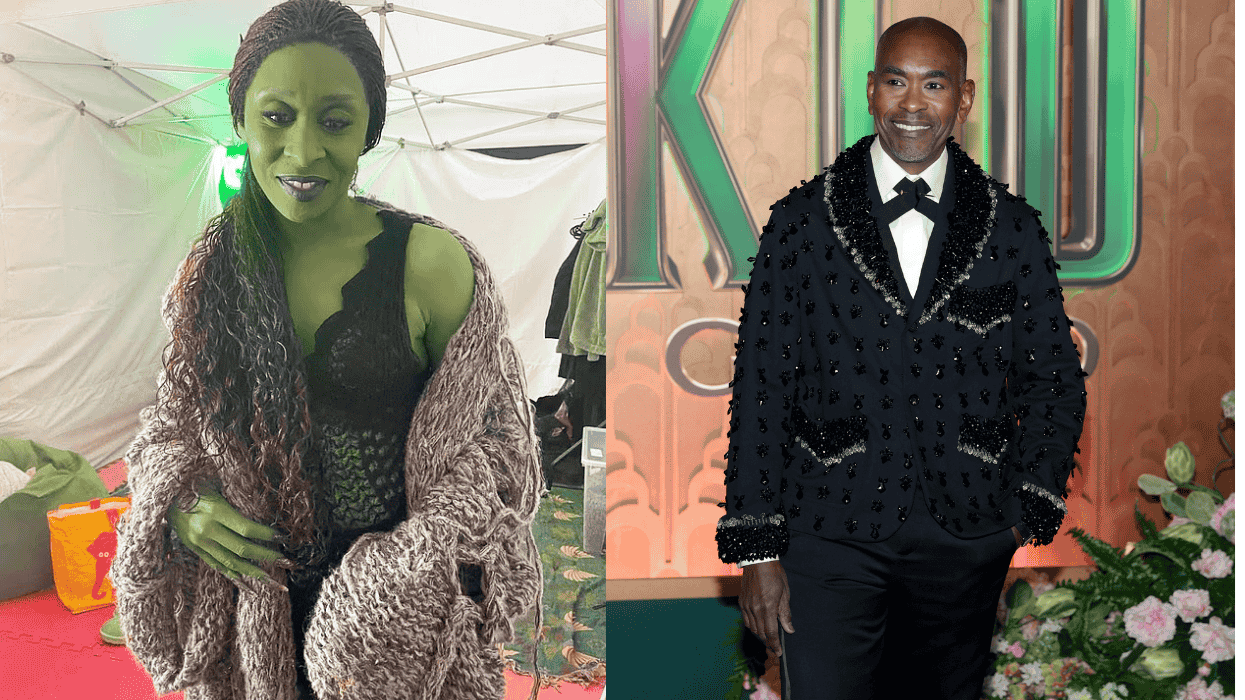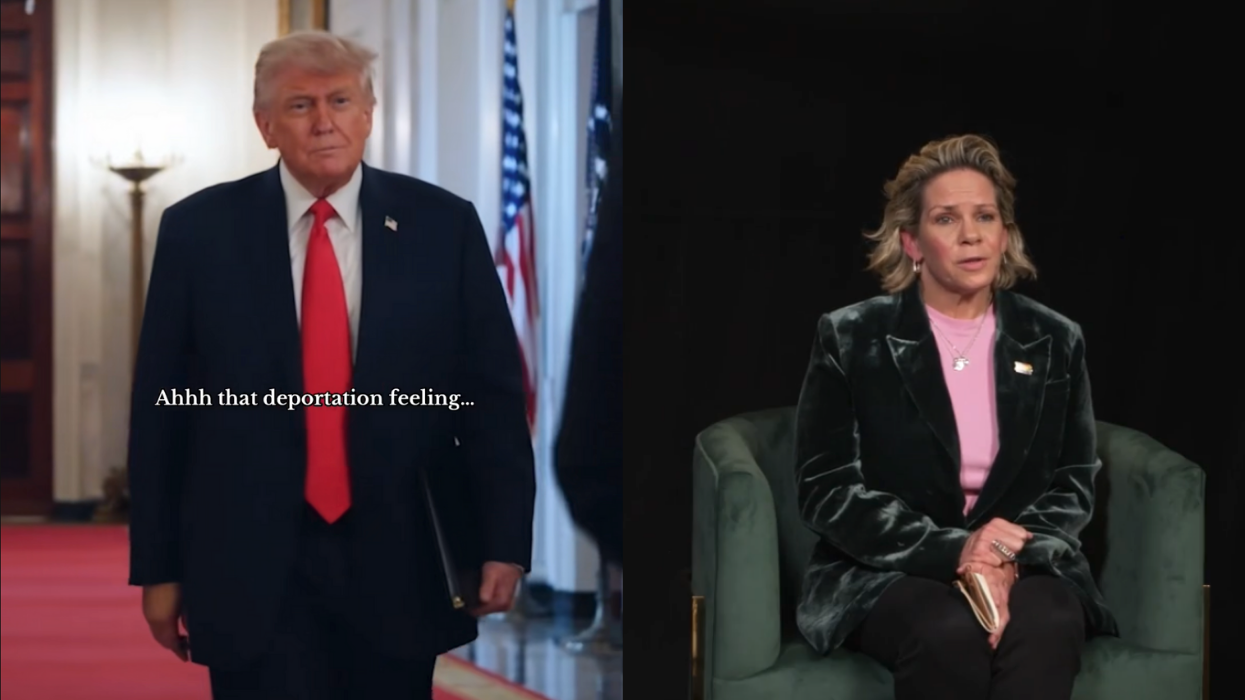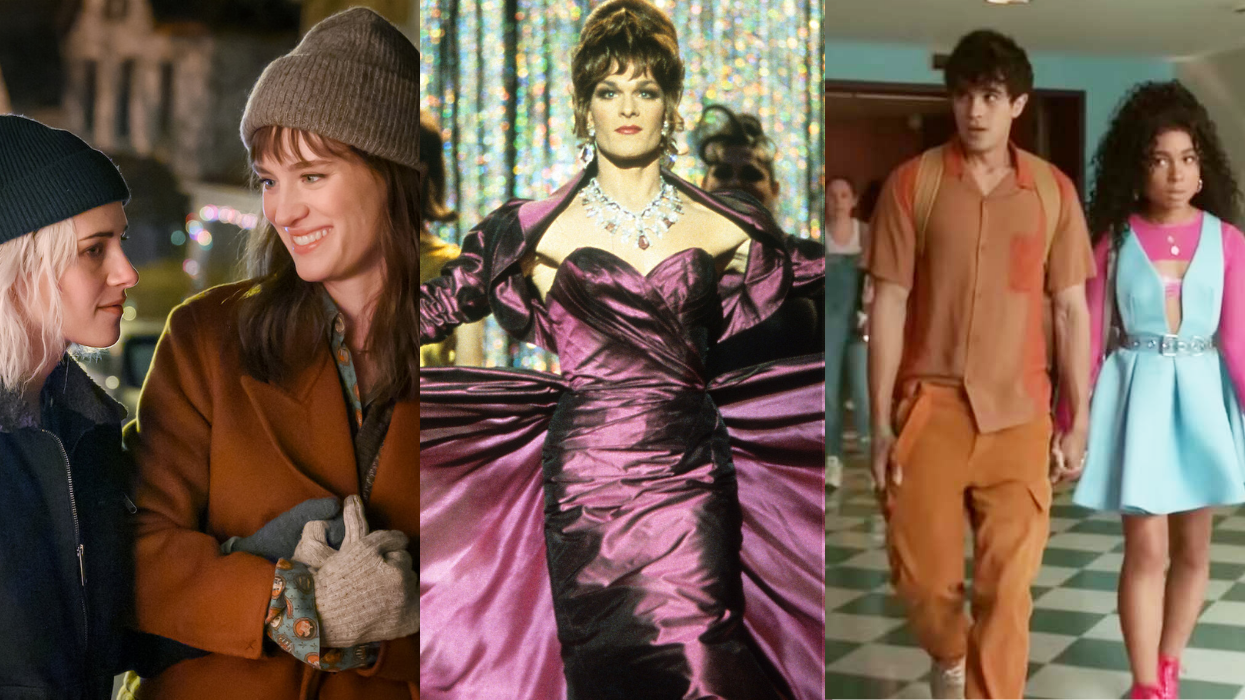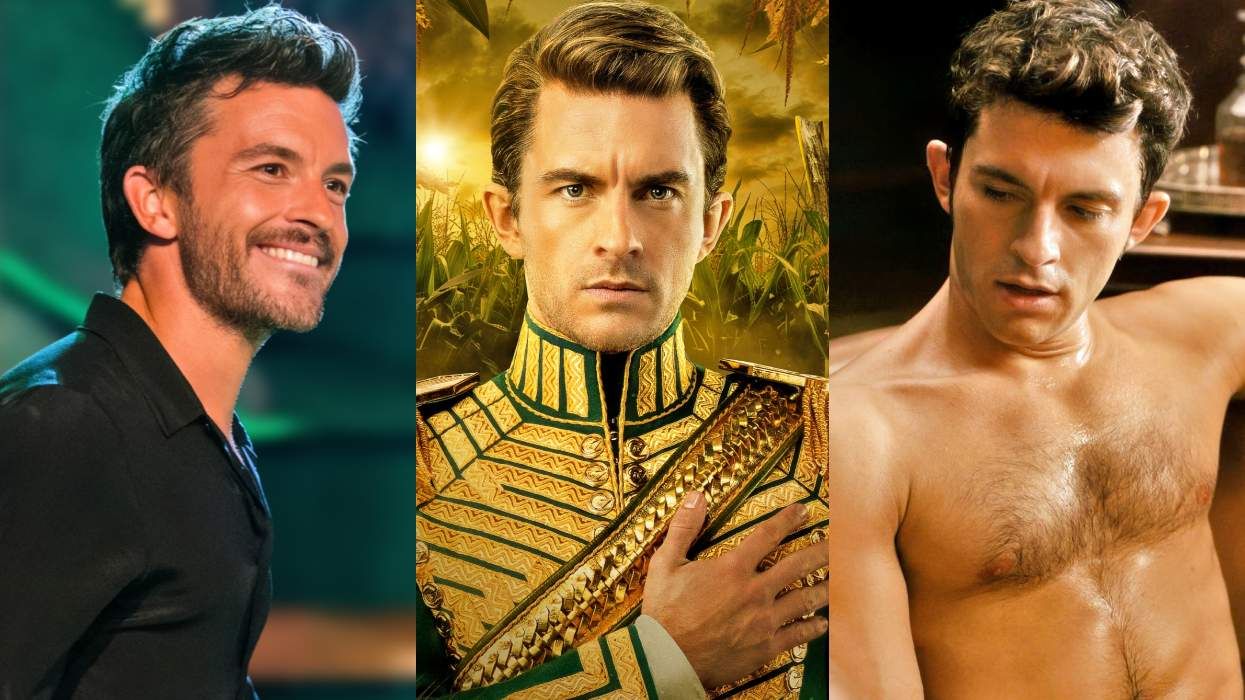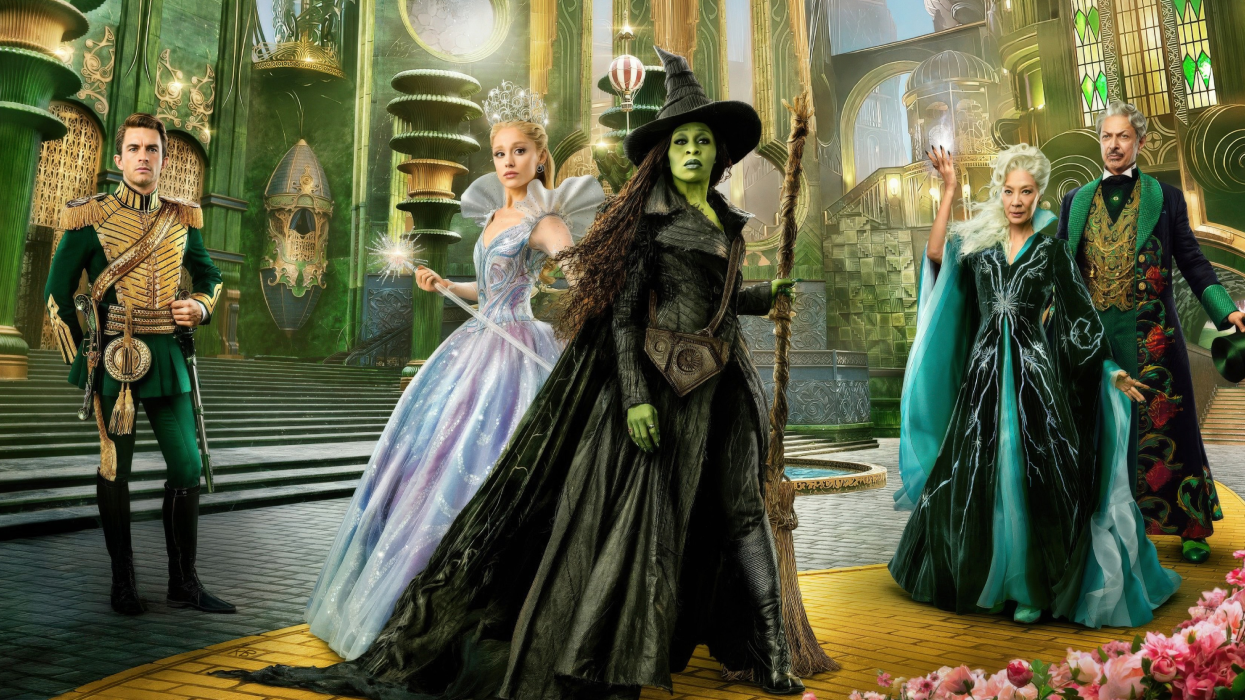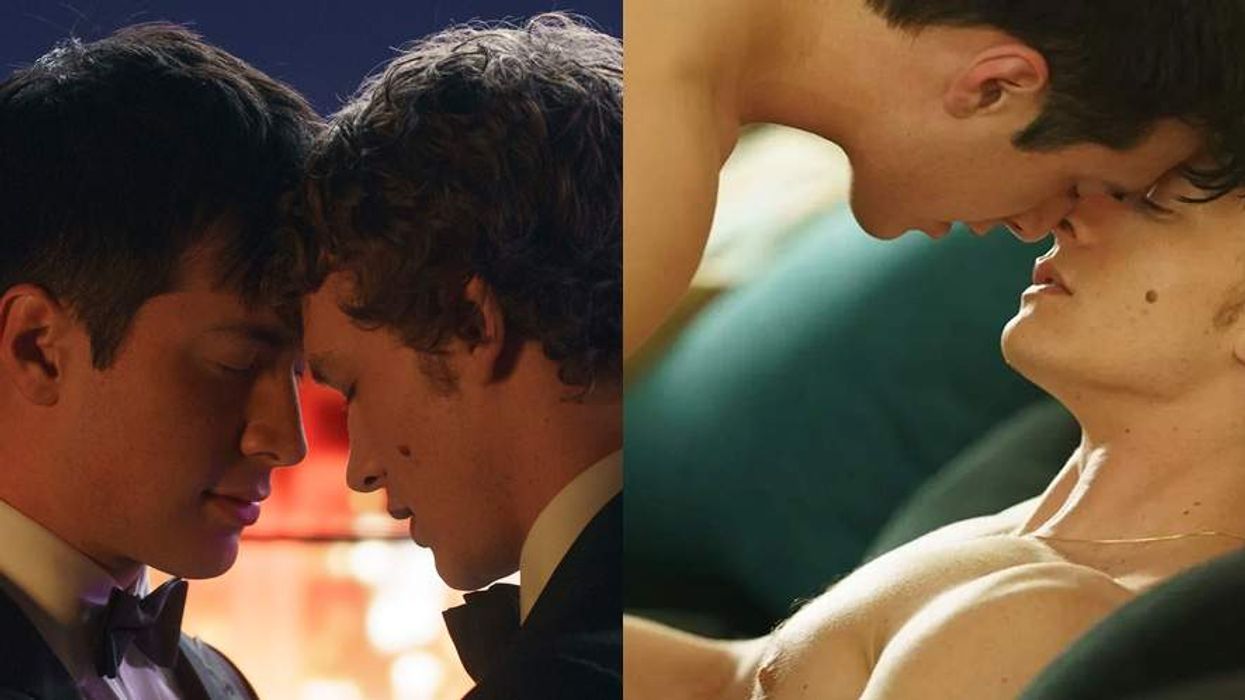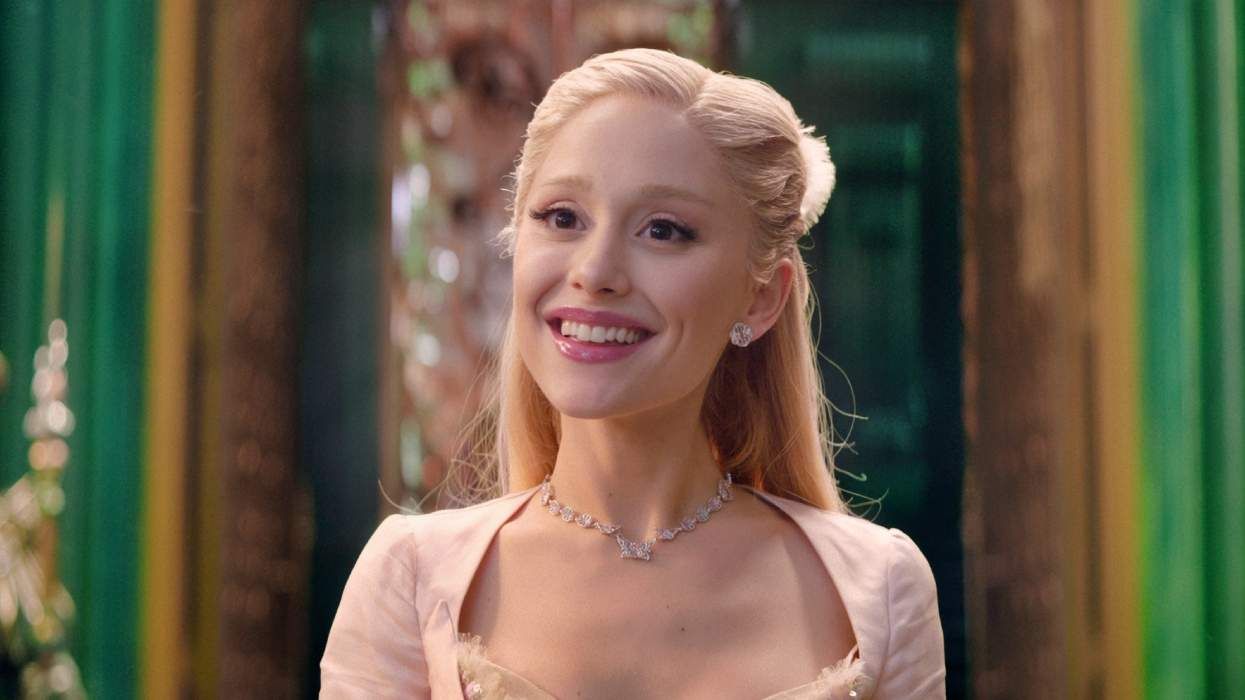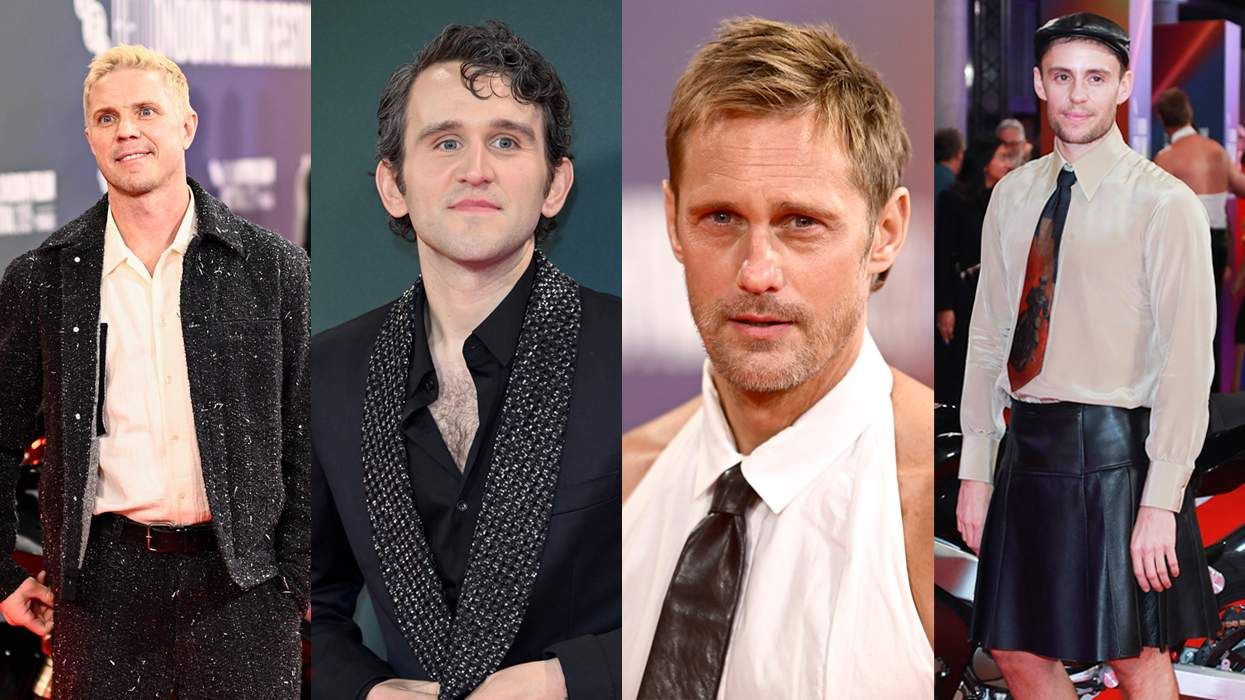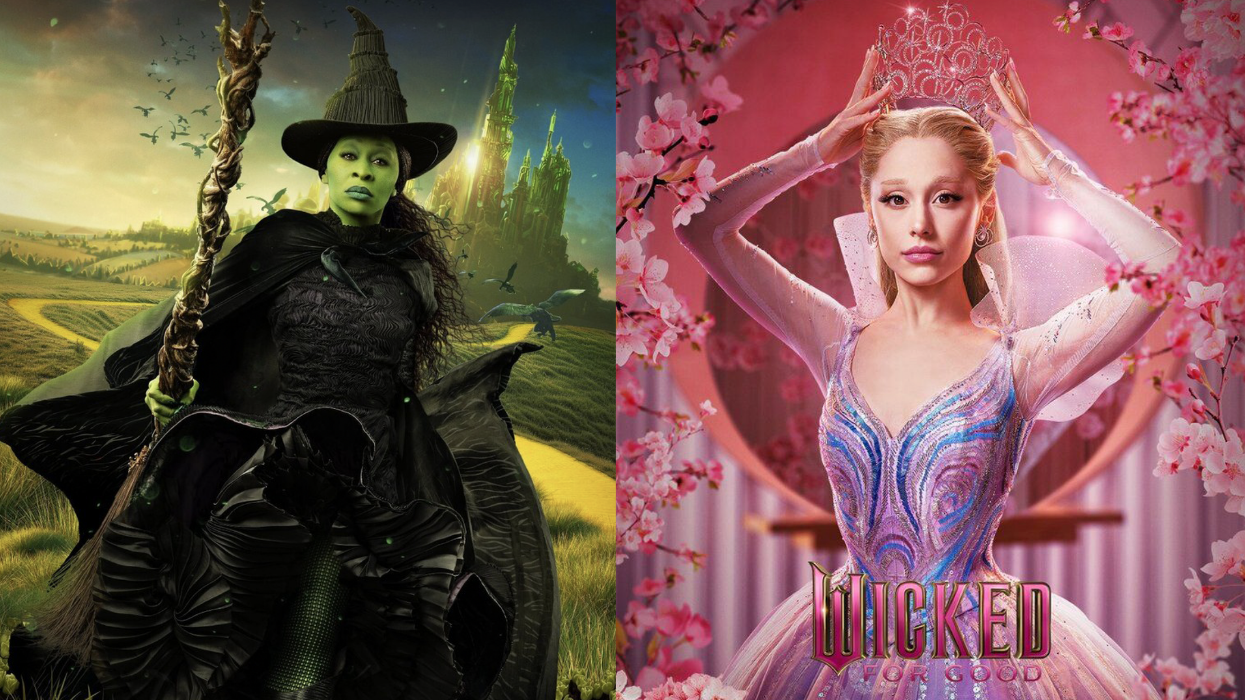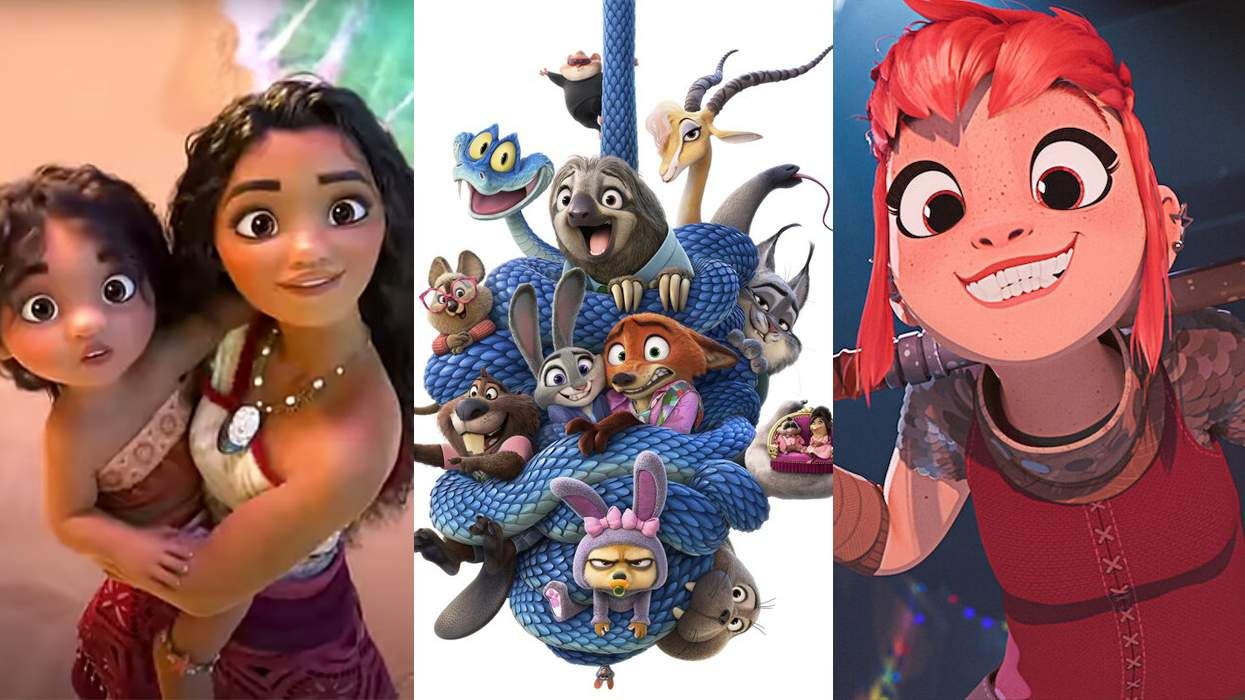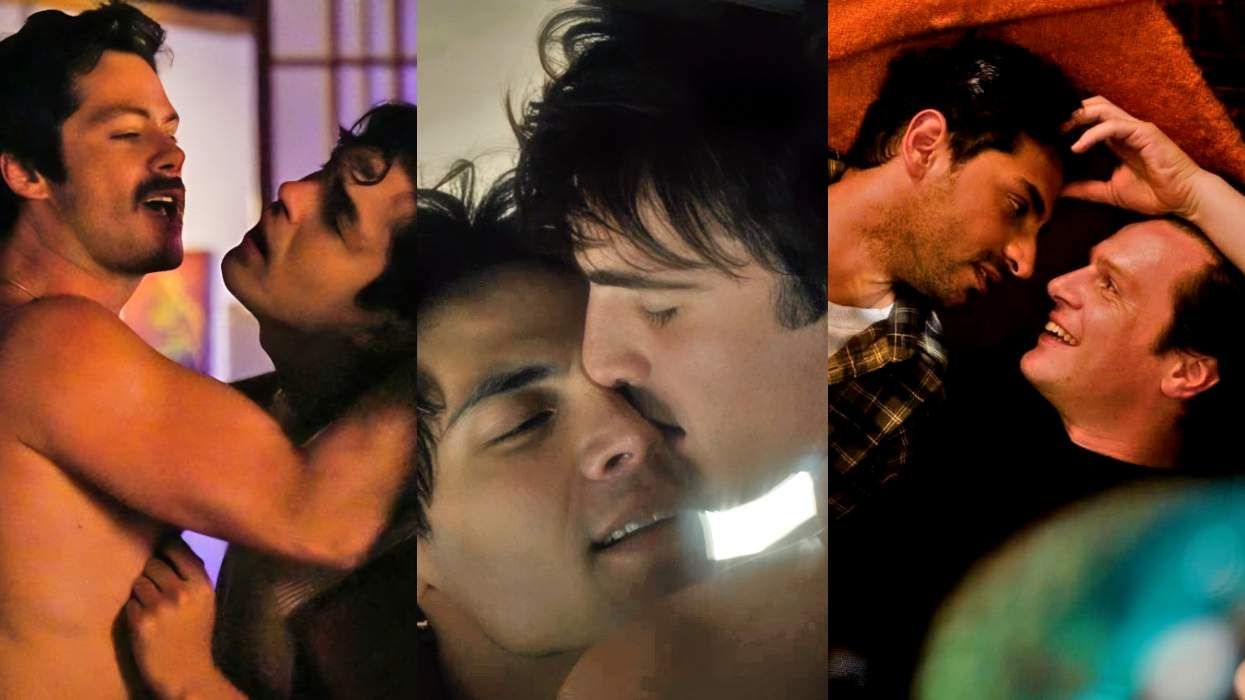When aspiring dancer Susie Bannion (Dakota Johnson wearing Lady Gaga's orange wig from A Star is Born) arrives at the Markos Dance Academy in 70s Berlin, she's begrudgingly allowed to audition despite having no formal training. A trio of the school's instructors lead her down to a room encased in mirrors, and when Susie offers up a tape with her music, they tell her she'll have to perform without it. It's an early sign that Luca Guadagnino's Suspiria remake is a drastically different film than Dario Argento's 1977 horror classic. The original was more of a mood than a film, full of haunting melodies and vibrant color that evoked a sense of supernatural terror the actual plot never conjured, no matter how blood-drenched it was. Guadagnino's film is more of a revisionist retelling than a remake: the pieces are all there, but the way he's fitted them together is wholly new, like a beautiful corpse drained of life, stitched together and reanimated to terrorize a new generation.
For a film about a dance academy full of witches, Argento's film contains almost no actual dancing, and Guadagnino's update grounds the ephemeral horror classic in the flesh, blood and bone of Susie and her fellow dancers. As music is used sparingly in the film, the soundtrack is made from the dancer's bodies, strikingly powerful and disarmingly delicate all at once. When the dancers move, we hear every scuff of their feet on the floor, the rotation of each joint, the strain of every muscle, every labored breath (the sound design deserves all the awards its bound to be nominated for). Many films have captured the brutal physicality dancers endure for their art -- Suspiria owes much more to Black Swan than it does to The Craft -- and here that pain transcends the physical and becomes metaphysical. An early scene in which Susie takes on the lead role in a dance sees each of her movements enacted on Olga (Elena Fokina), a student who has fallen out of favor with the coven, like a voodoo doll. It's a sequence of raw and grotesque brutality, a perversion of the art form that will make any nascent dancers burn their leotards.
Leading the academy is Madame Blanc (Tilda Swinton), who quickly becomes enamored of Susie's talent and innocence. As the film unfolds, it's heartbreaking to watch Blanc's icy exterior melt as the two form a maternal bond, knowing that the coven intends to use the young dancer as a "vessel" for their power. Like the physical price dancers pay for their art, Suspiria also ruminates on the idea of the artist as a vessel -- are the best creators merely channeling something larger than themselves, and does that make them ultimately expendable? The Markos Academy's witches puppet their pupils like unholy dance moms, robbing them of agency at the expense of ecstatic artistic actualization, and the dancers seem more than happy to to writhe on their strings.
Guadagnino's Suspiria is bleached of color, both to distance itself from the original and to better illustrate its setting of late 70s Berlin, a country still recovering from the wounds of the Third Reich and years from the fall of the Berlin Wall. Guadagnino attempts to use the politics of the era to frame the film in a way that doesn't quite work and lends to Suspiria's almost oppressive 2.5 hour runtime. Another framing device that doesn't gel is the sub-plot of Dr. Jozef Klemperer (Lutz Ebersdorf, aka Swinton under a mass of prosthetics), a psychiatrist who is troubled by the ravings of Markos dropout Patricia Hingle (an underused Chloe Grace Moretz), who confesses to him about the Three Mothers who preside over the academy: Mater Suspiriorum, Mater Tenebrarum and Mater Lachrymarum. Klemperer's attempts to find Patricia once she disappears entangles him with the Academy's witches while also jarring memories of the wife he lost during World War II, and the choice to frame this female-driven film with his story is baffling -- although Swinton disappears entirely into the character. Susie's Mennonite mother, dying in Ohio, is also given an unwelcome amount of screentime in scenes that don't add much of anything to the narrative except to underscore the maternal void she left in Susie that Madame Blanc and the other teachers fill and exploit.
Much of Suspiria is concerned with mothers -- the power they have over their daughters, the lessons they teach them and the secrets they refuse to reveal. It's interesting to wonder how this film would have been different had it been directed by a woman: would there be more answers and less ambiguity? Would the final act -- an exquisite symphony of gore -- feel more like a resolution and less like an unanswered question? Maybe, but then again, some questions are better left unanswered.


